
| What is Flavor and Fortune? |
| How do I subscribe? |
| How do I get past issues? |
| How do I advertise? |
| How do I contact the editor? |
Read 13073181 times
Connect me to:
| Home |
| Articles |
| Book reviews |
| Letters to the Editor |
| Newmans News and Notes |
| Recipes |
| Restaurant reviews |
| Article Index (all years, slow) |
| List of Article Years |
| Article Index (2025) |
| Article Index (last 2 years) |
| Things others say |
| Related Links |
| Log In... |
| Authors |
| Categories & Topics |
TOPICS: Chinese Cooking at Home video; Web sites; Free encyclopedia; New York City's Chinatown; Taiwanese/Japanese influences; Mama Quon and her son ; Chef Chu in Los Altos CA; Eastern Noodles; Kyrgyz cooking
| by Jacqueline M. Newman |
Newman's News and Notes
Summer Volume: 2005 Issue: 12(3) page(s): 12, 13, 14, and 33
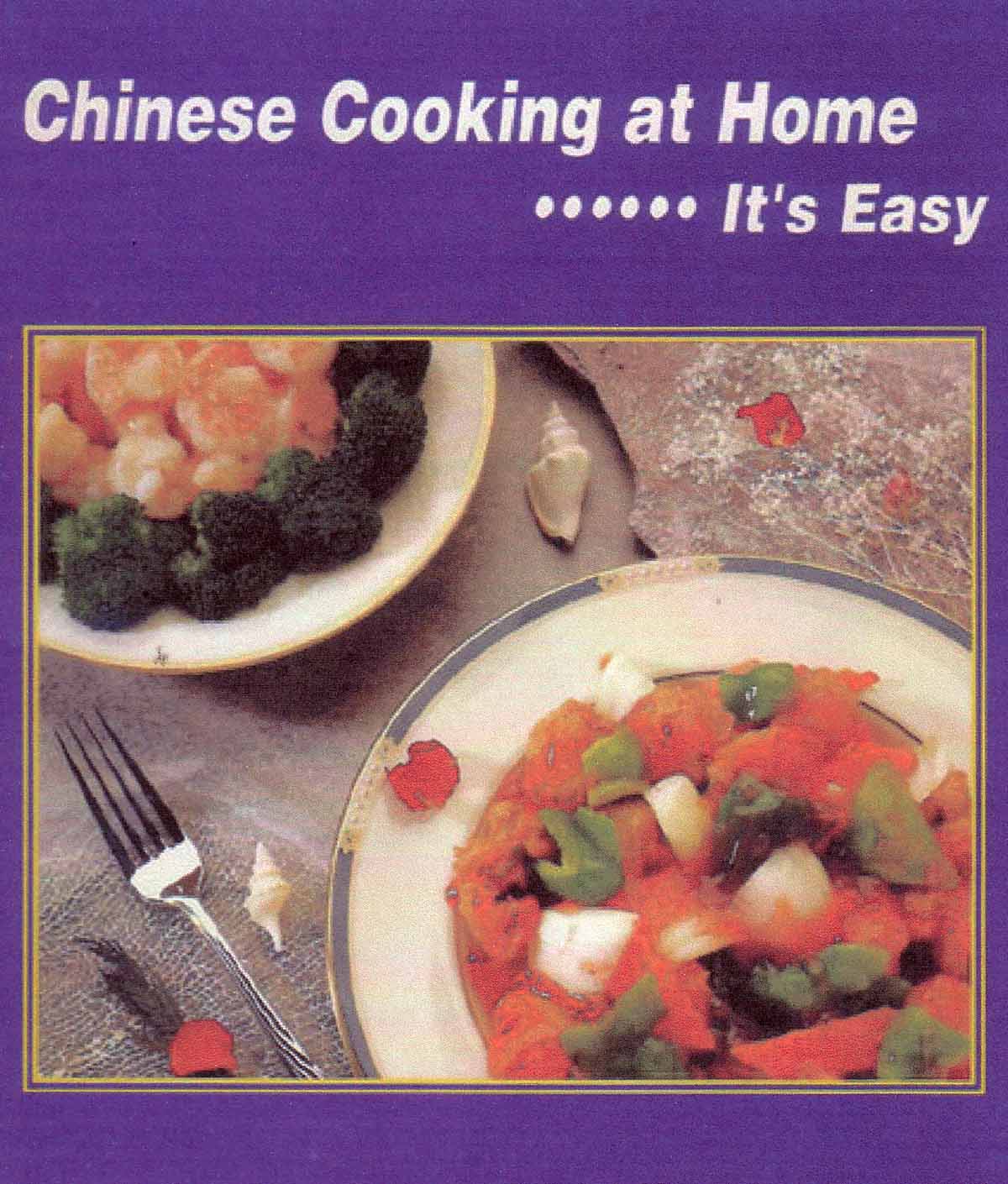 Belated response worth sharing from the editor of an old review. That review raised questions that until this time had not been answered. To check out the original, our copy is now in Special Collections at the Stony Brook University library; but the belated letter said: I was very interested in seeing your critique of Chinese Cooking at Home ~ It's Easy! in the 1994 1(1) issue of Flavor and Fortune at http://www.flavorandfortune.com/dataaccess/book.php?reviewID=63 I came across it quite by accident, and am sorry I did not see it when it was written some years ago. To answer the question of where this video and cookbook set were created and by whom, you were correct that it was created in Southwest California. The authors, Tommy and Tina Yen, owned Video Tutors Institute, which was owned by their primary company, Tokai Industries, USA, Inc. This company is situated in Baldwin Park, California, a suburb in Los Angeles County.
Belated response worth sharing from the editor of an old review. That review raised questions that until this time had not been answered. To check out the original, our copy is now in Special Collections at the Stony Brook University library; but the belated letter said: I was very interested in seeing your critique of Chinese Cooking at Home ~ It's Easy! in the 1994 1(1) issue of Flavor and Fortune at http://www.flavorandfortune.com/dataaccess/book.php?reviewID=63 I came across it quite by accident, and am sorry I did not see it when it was written some years ago. To answer the question of where this video and cookbook set were created and by whom, you were correct that it was created in Southwest California. The authors, Tommy and Tina Yen, owned Video Tutors Institute, which was owned by their primary company, Tokai Industries, USA, Inc. This company is situated in Baldwin Park, California, a suburb in Los Angeles County.
Tommy and Tina Yen came to the United States from Taiwan over twenty years ago and combined their love of good cuisine with their knowledge of video production for this project. Since that first product, Tokai Industries has gone on to produce a multitude of easy, step-by-step tutorials covering computer operation and English-as-a-Second Language. Tokai's English tutorials are viewed by Chinese immigrants to the United States as well as by many throughout China on national education television. A branch of the company was opened in Beijing awhile ago. These programs are also currently being produced as multi-media, interactive lessons. But as to why the chef's face and eyes are not shown in the production, it was felt that the focus should be on the hands and the food being worked with. The chef was a well-respected male Chinese chef from the Los Angeles area.
Your point is well taken that we did not explain why there is no honey in the Honey Spareribs recipe. As you know, many Chinese recipes are named for flavor rather than actual ingredients. Such is the case for honey-garlic sauce, which most often contains sugar and not honey. Had we thought of it at the time, we certainly would have presented an explanation.
I would like to thank you for your kind critique, albeit very belatedly, on behalf of Tokai Industries (and Video Tutors Institute), and on behalf of the owners, Tommy and Tina Yen, who have been close friends of mine for over twelve years. The letter is signed by Nancy Teppler, editor of Chinese Cooking at Home ~ It's Easy! And, a question never asked, but here is that answer: I am the voice over in the tape.
We, at Flavor and Fortune, do thank Nancy Teppler for taking the time, at this time, to answer those questions. We wonder why she never saw the original review. For those who write, and those who plan to, we do adhere to common protocols and send copies of all book, video, and restaurant reviews to the addresses within them or from whence they came.
WEB SITE CONNECTIONS are sprouting like mushrooms. An executive decision on our part has been to link only to those specifically about Chinese food and related topics. Not so, for all others who include our site: www.flavorandfortune.com One such link we think you will enjoy, if you have general interests in food and events, food and history, and things related is: http://www.foodevents.com/about/support.phtml For special sites that relate to Chinese food, see Gary Allen's third item written for Flavor and Fortune in this issue on page 17.
FREE ENCYCLOPEDIA on the web loaded with interesting facts and some fantasies relating Chinese food is of interest. We do not attest to its veracity because it uses frequent reader input. Nonetheless, it is worth knowing about. If you go to http://en.wikipedia.org/wiki/Chinatown, Los Angeles there is much history; and more importantly, several external links including the Chinatown LA Official Website: http://chinatownla.com> and others. People add bits to the thousands upon thousands of other items already there. Do pay attention to when it was last modified, and try to differentiate between fact and opinion; they are often intertwined. Their text is available under terms of the GNU Free Documentation License.
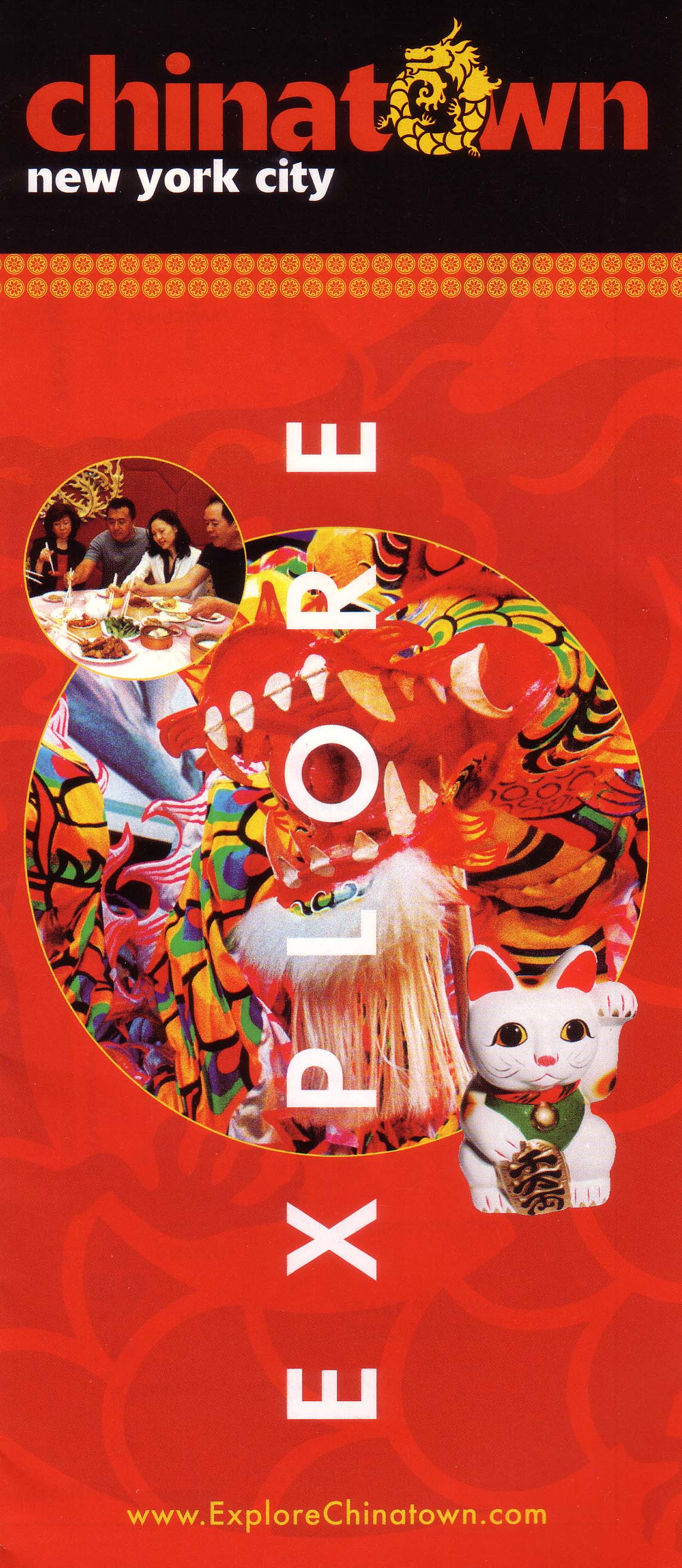 NEW YORK CITY'S CHINATOWN may be on a website, but for those wanting some closer to the source, information can be found at a bright red pagoda-like information booth situated on Canal Street on a tiny cement island. Specifically, it is on the south, that is the downtown side of the street, and near the Baxter Street corner, and one block from subways, busses, etc. This spot, once the tip of Chinatown, is one larger as Chinatown spills further north, south, east, and west.
NEW YORK CITY'S CHINATOWN may be on a website, but for those wanting some closer to the source, information can be found at a bright red pagoda-like information booth situated on Canal Street on a tiny cement island. Specifically, it is on the south, that is the downtown side of the street, and near the Baxter Street corner, and one block from subways, busses, etc. This spot, once the tip of Chinatown, is one larger as Chinatown spills further north, south, east, and west.
One can learn a lot at this wonderful booth. There is a human helper during the day, who can advise on how to get to see the statue of Confucius, the Museum of Chinese in the America's, discuss what to see and where to eat, and more. In the meantime, no matter where you are, get thee to the web and check out www.ExploreChinatown.com See their 'Explore' brochure about Chinatown New York City illustrated above. It advises that Chinatown was founded in the late 1870's, visiting it offers unique historical and cultural experiences, is easily accessible by public transportation, and right next door to Little Italy. Also check out the growing number of Vietnamese eateries, Chinatown's newest immigrants from the province of Fujian, and more. The brochure has a large and wonderful map and can help find all of these when the booth is unmanned in the evening. What the brochure does not tell, is about the other Chinatown areas in New York City. Two are in Queens, in the Flushing and Elmhurst areas, and one is in the Sunset Park area of Brooklyn. It also does not advise that Chinese live in all five boroughs of New York City and in all surrounding counties in New York and New Jersey, and in every state, perhaps every county, in the United States.
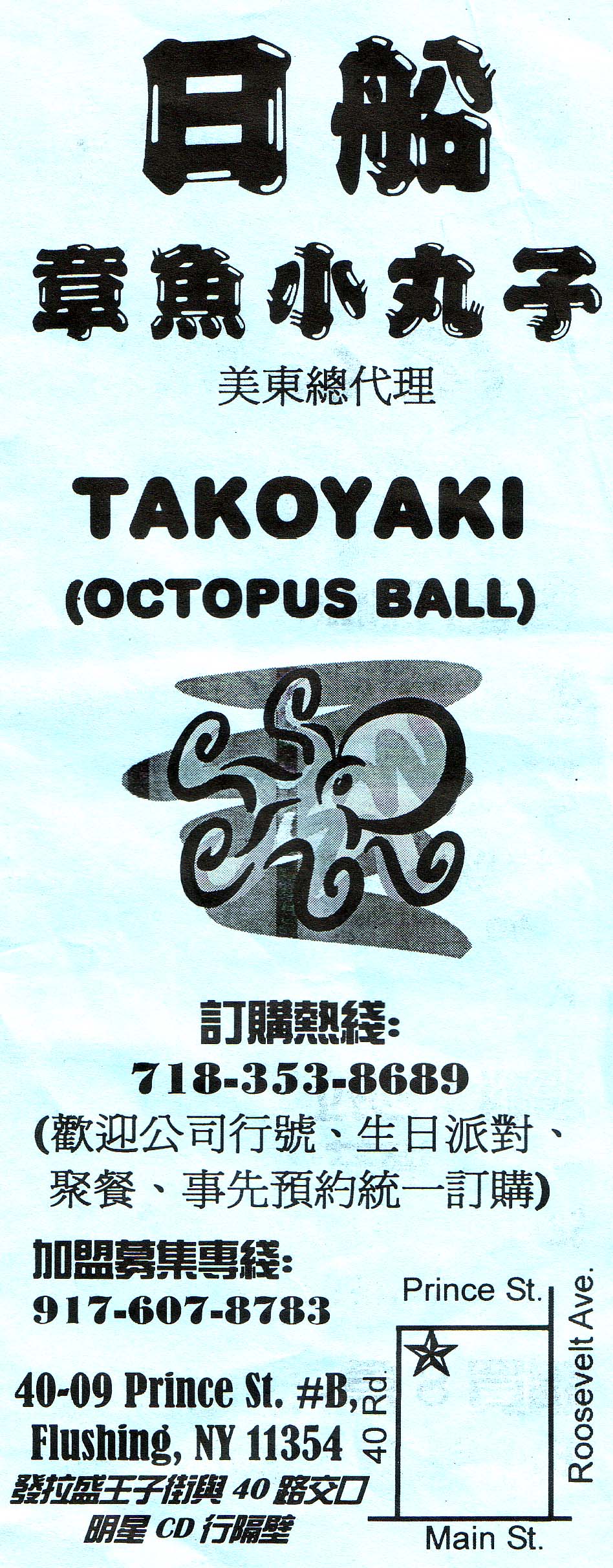 TAIWANESE/JAPANESE INFLUENCES can be tasted in many a Chinatown location. A reasonably new and reasonably tiny take-out/eat-in place is Takoyaki at 40-09 Prince Street, in Flushing, Queens. Here they mostly sell one item, a food using a single cooking technique, a specific grill plate with small indentations. The product, like the name of the place is a Japanese/Taiwanese hybrid, is a yummy octopus ball. The dough is grilled and can be had plain, with cheese, and/or with octopus. For from three to four bucks, you get six freshly cooked beauties topped with either a mayonnaise, wasabi, seaweed, or chili sauce. All are topped yet again with bonito shavings. This typical treat with lots of fine flavor entered the Chinese cuisine during the fifty years Taiwan was under Japanese rule. The Chinese learned to love this snack and adopted and adapted it to their Chinese tastes. Enjoyed with them at Takoyaki are twenty-one different bubble and milk teas and seven other Taiwanese cold drinks, each for two bucks. There are seven bubble snows for two bits more, half dozen honey egg drinks for yet another two bits; and all to go well with the plain, cheese, or octopus balls.
TAIWANESE/JAPANESE INFLUENCES can be tasted in many a Chinatown location. A reasonably new and reasonably tiny take-out/eat-in place is Takoyaki at 40-09 Prince Street, in Flushing, Queens. Here they mostly sell one item, a food using a single cooking technique, a specific grill plate with small indentations. The product, like the name of the place is a Japanese/Taiwanese hybrid, is a yummy octopus ball. The dough is grilled and can be had plain, with cheese, and/or with octopus. For from three to four bucks, you get six freshly cooked beauties topped with either a mayonnaise, wasabi, seaweed, or chili sauce. All are topped yet again with bonito shavings. This typical treat with lots of fine flavor entered the Chinese cuisine during the fifty years Taiwan was under Japanese rule. The Chinese learned to love this snack and adopted and adapted it to their Chinese tastes. Enjoyed with them at Takoyaki are twenty-one different bubble and milk teas and seven other Taiwanese cold drinks, each for two bucks. There are seven bubble snows for two bits more, half dozen honey egg drinks for yet another two bits; and all to go well with the plain, cheese, or octopus balls.
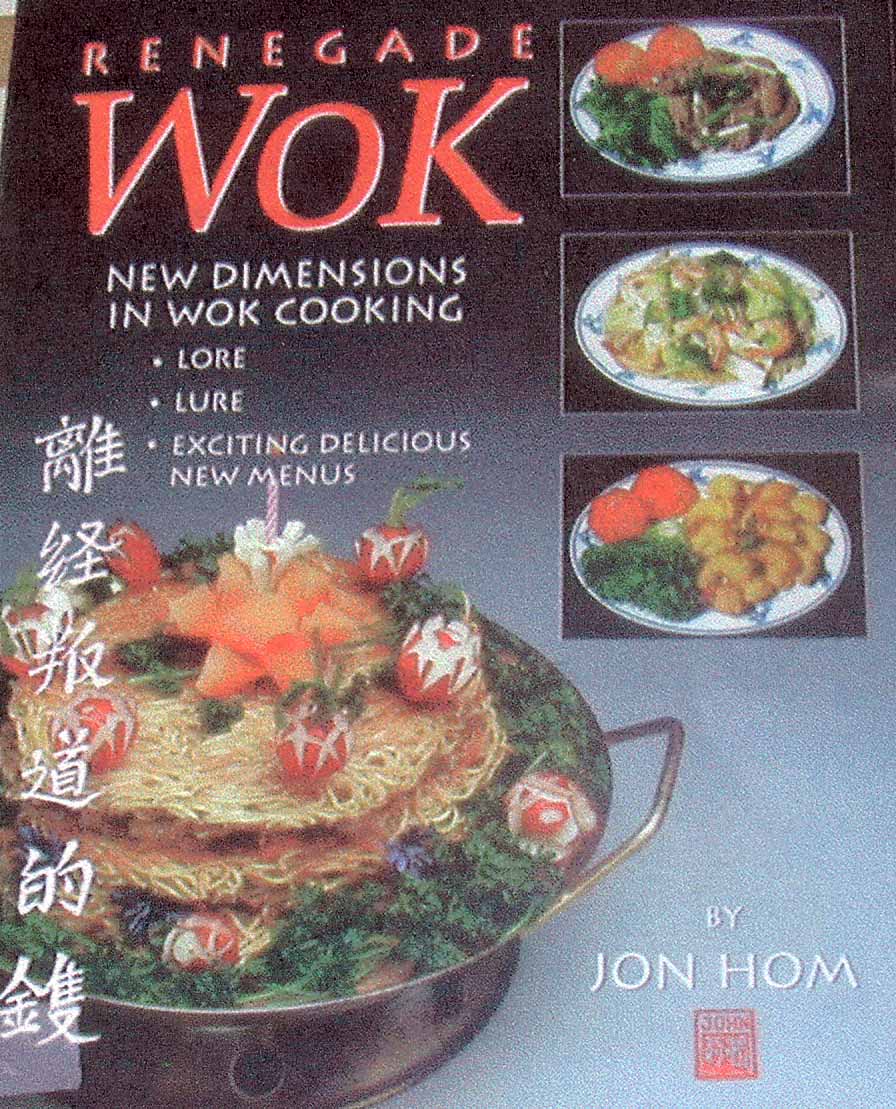
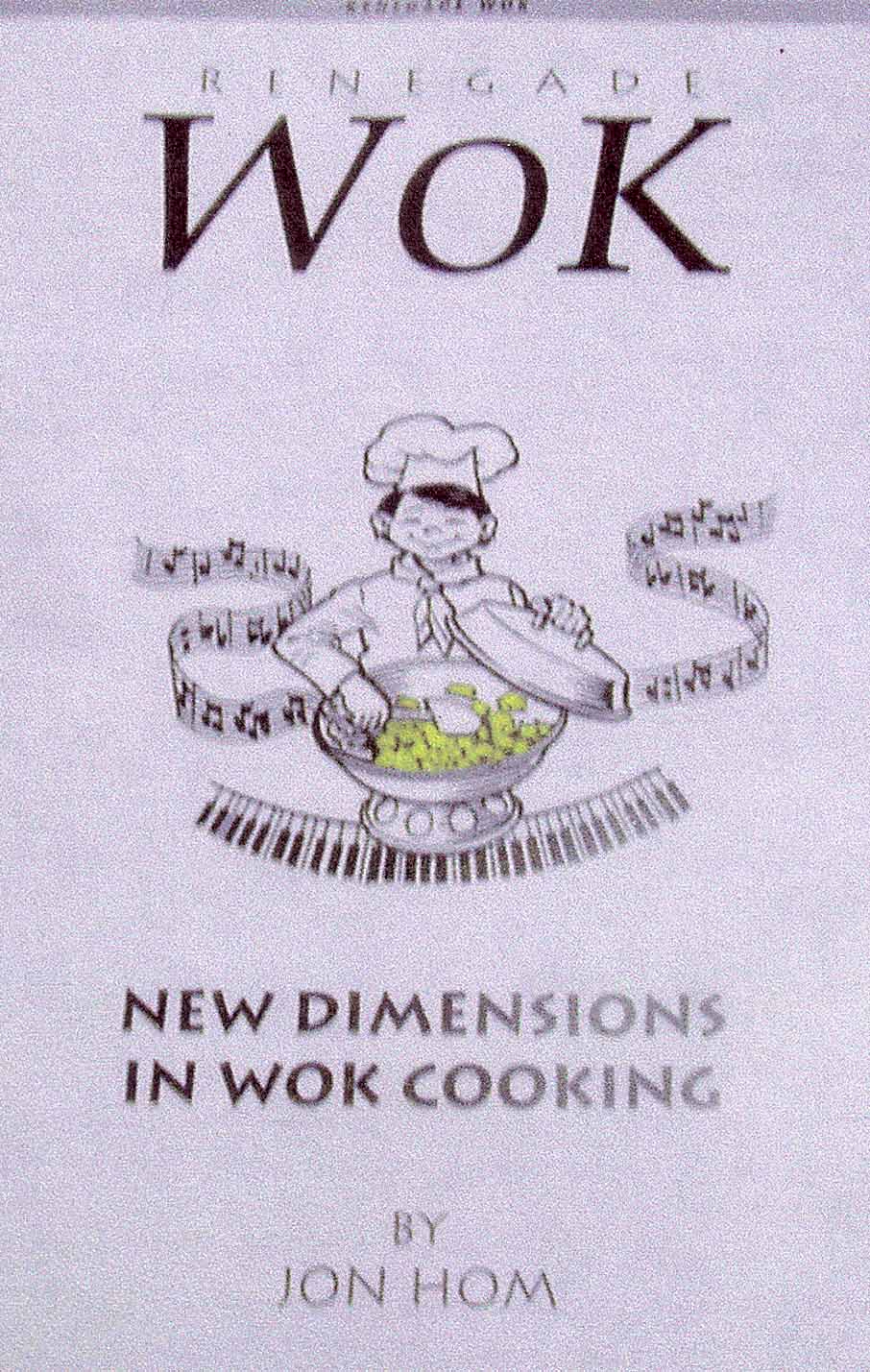
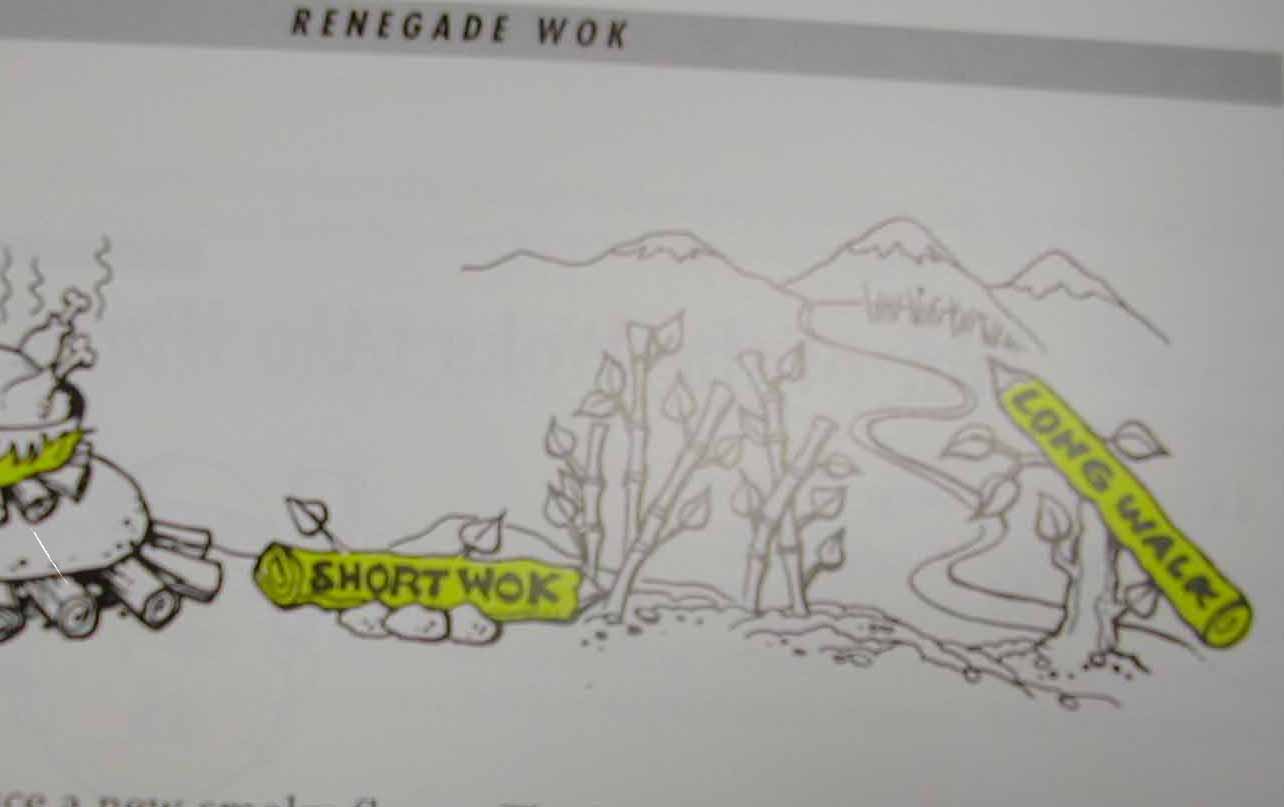 MAMA QUON'S FOOD and her SON'S BOOK are rarely discussed in the same breath even though there are connections. This 'Mama' is the matriarch of the Grand Star Restaurant family dynasty in Los Angeles. She died in 1999 at the age of ninety-nine. But who is she? She was the daughter-in-law of Quon Soon Doon, a chap who opened one of the earliest local Chinese eateries in LA, called Tuey Far Low located at Alameda and Marchessault. Later, she and her husband, Him Gin Quon, opened the Quon Brothers Grand Star Restaurant on Sum Mun Way between Hill and Broadway, that was in 1946. The actual address was and still is 943 North Broadway. This is the same as 943 Sum Mum Way. Mama Quon was the chef, she cooked there for decades, and she pleased legions who consumed her Specials. But late in life, Mama Quon cooked less and greeted folks more. Such was the case, particularly after a broken hip two years before her death. That and age often kept her from her kitchen; and when they did, she had a perch near the door. She wanted to warnm stomachs with her Cantonese fare, and warm their hearts by welcoming them and suggesting what to eat. Mama Quon made them smile and enjoy her fine food.
MAMA QUON'S FOOD and her SON'S BOOK are rarely discussed in the same breath even though there are connections. This 'Mama' is the matriarch of the Grand Star Restaurant family dynasty in Los Angeles. She died in 1999 at the age of ninety-nine. But who is she? She was the daughter-in-law of Quon Soon Doon, a chap who opened one of the earliest local Chinese eateries in LA, called Tuey Far Low located at Alameda and Marchessault. Later, she and her husband, Him Gin Quon, opened the Quon Brothers Grand Star Restaurant on Sum Mun Way between Hill and Broadway, that was in 1946. The actual address was and still is 943 North Broadway. This is the same as 943 Sum Mum Way. Mama Quon was the chef, she cooked there for decades, and she pleased legions who consumed her Specials. But late in life, Mama Quon cooked less and greeted folks more. Such was the case, particularly after a broken hip two years before her death. That and age often kept her from her kitchen; and when they did, she had a perch near the door. She wanted to warnm stomachs with her Cantonese fare, and warm their hearts by welcoming them and suggesting what to eat. Mama Quon made them smile and enjoy her fine food.
Two of her son's, Frank and Wally, kept the restaurant going, though now it is only Frank's responsibility. She and her husband's culinary influences planted roots among many of their nine children, no matter their profession; among their in-law children, too. One of them, an industrial engineer, wrote a cross-cultural book called The Renegade Wok and self-published this paperback out of San Diego, with a 1997 copyright. Its ABC author, Jon Hom, offers lots of humor as he brings smiles and Chinese culinary know-how to his readers. Hom and the book's illustrator, Gary Smith, stimulate lore and lure. The title page and elsewhere shows a wok on piano keys, and notes surrounding them. Hom plays with words, perhaps that is the connection to the this illustration. The book is dedicated to 'all wokkers of the world' who, as it says,'share life together...(and)...share the rich customs and delightful ethnic foods of the world.' Jon and Mama Quon wanted to and did contribute to the changing dining habits of a world they saw as coming together. They wanted beginners and connoisseurs alike to be pleased when eating good fresh foods.
By the way, Mama Quon's famed specials including her delicious Oxtail Soup, Peking Duck, and other Cantonese favorites, are now made by others while Jon's exciting and delicious menus linger in his recipes. After his book's dedication, he discusses them in a Foreword and goes foreward with ingredients, wok cooking, its drama, and its entertainment. He speaks for himself and Mama Quon and to all who man the woks of the world searching for togetherness as they prepare vegetables, meats, and seafood, and stir-fry them through life, with humor.
The restaurant now speaks music as it offers fast fine food. It has been known as a jazz club, a karaoke bar, and a hip-hop house, depending upon the night of the week in question. No ordinary place, the bar is hosted by a former Miss Hong Kong, is open from 5 pm to 2 am; and Frank presides over a staff of fifteen that please hearts, souls, stomachs, and ears.
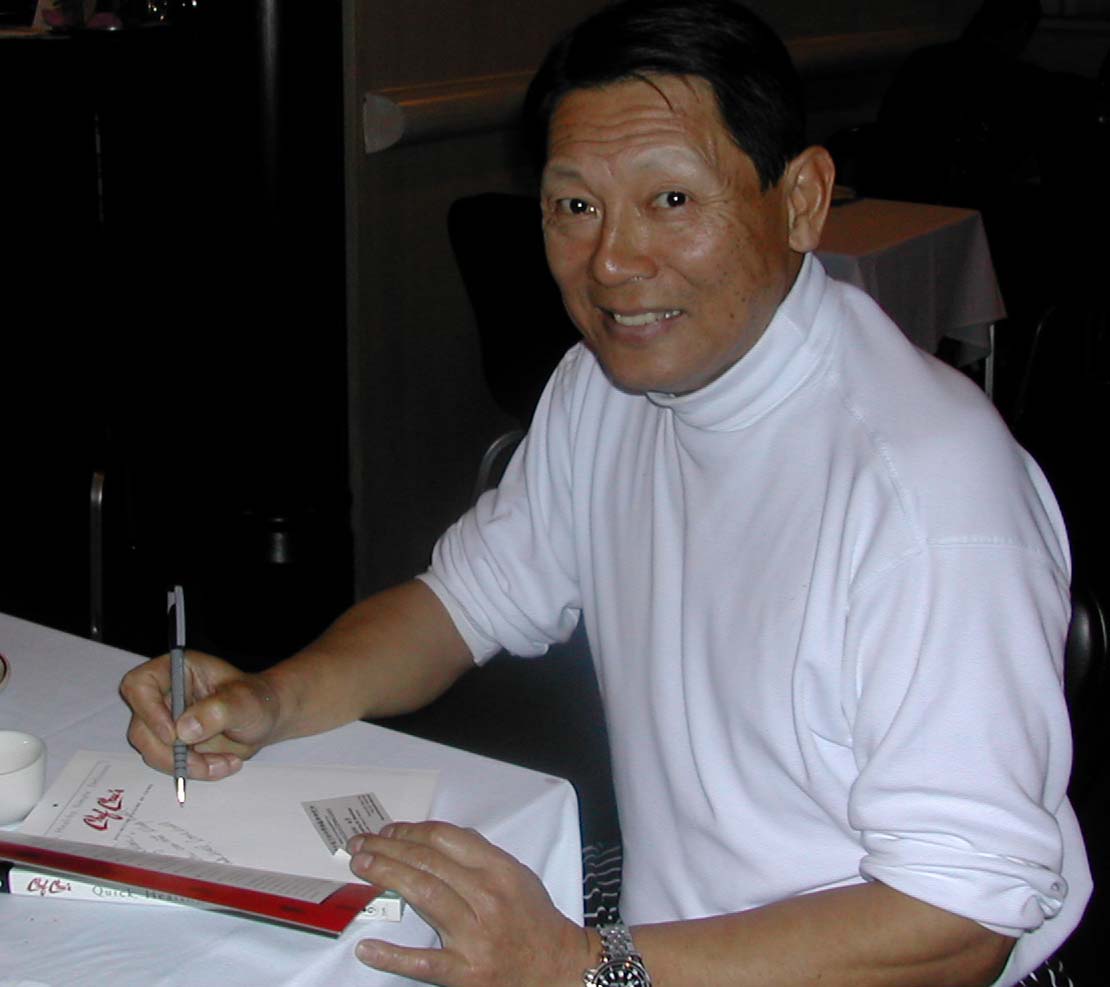 CHEF CHU CELEBARTES THIRTY-FIVE YEARS, the headline read in a society page in the local Daily News. No small feat to stay on top all those years; and we congratulate him for so doing! This wonderful restauranteur and his very fine eatery were reviewed in Flavor and Fortune's Volume 12(2) on pages 11 and 12. When in the Los Altos California area do stop in, and when there, join us in wishing him many more and do dine and delight in his fine food. The restaurant is at 1067 N. San Antonio Road; reservations and information are just a phone call away, at 650/948-2696.
CHEF CHU CELEBARTES THIRTY-FIVE YEARS, the headline read in a society page in the local Daily News. No small feat to stay on top all those years; and we congratulate him for so doing! This wonderful restauranteur and his very fine eatery were reviewed in Flavor and Fortune's Volume 12(2) on pages 11 and 12. When in the Los Altos California area do stop in, and when there, join us in wishing him many more and do dine and delight in his fine food. The restaurant is at 1067 N. San Antonio Road; reservations and information are just a phone call away, at 650/948-2696.
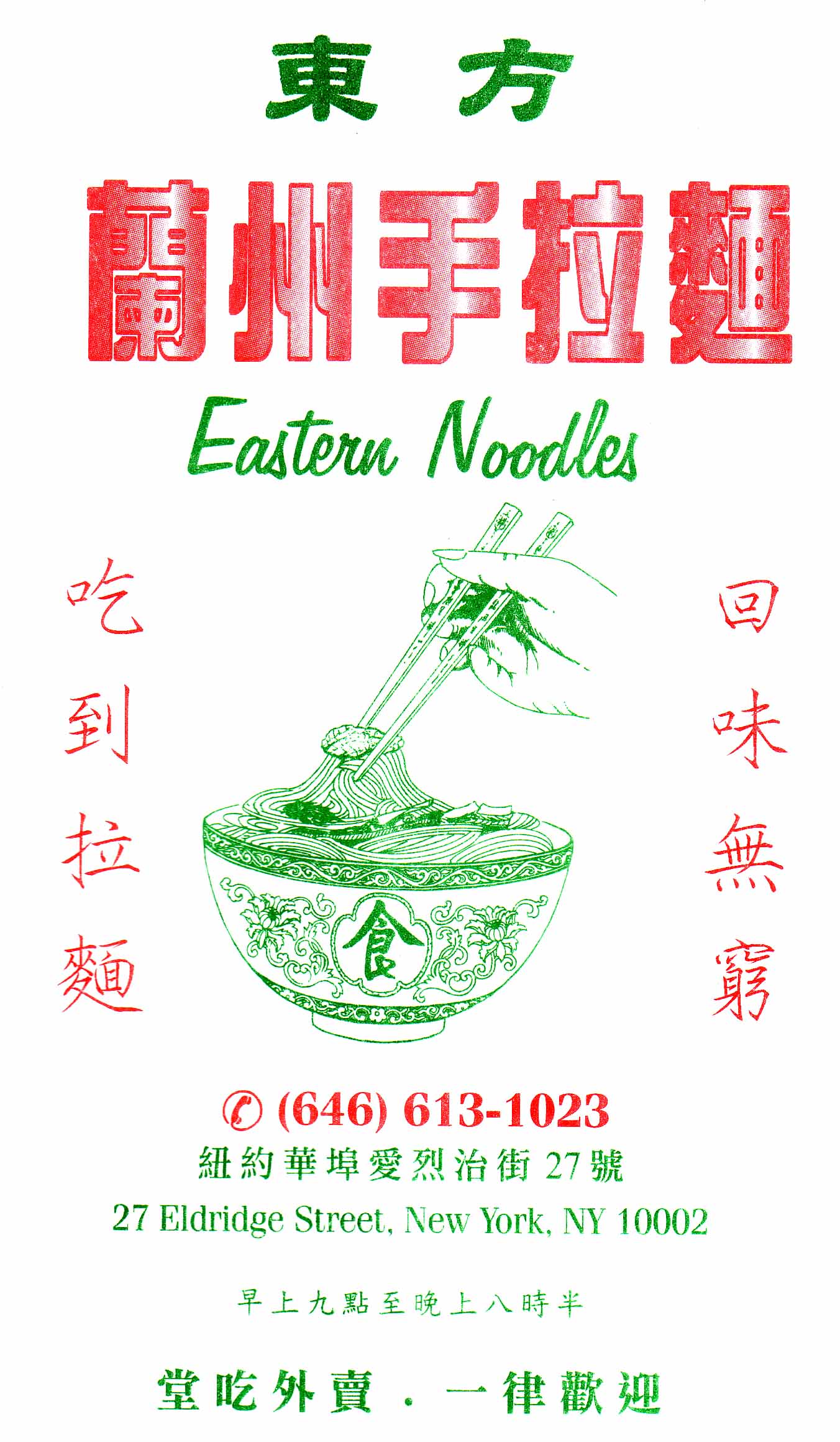 EASTERN NOODLES; 27 ELDRIDGE STREET; NEW YORK CITY; phone (646) 613-1923 makes wonderful pulled Fujianese noodles. They are slapped before pulling, are thicker than expected, and better tasting than imagined. Grab a seat, one of thirteen there, and point to the next table's fare, the all Chinese menu, or the items on the wall. Can not read Chinese, order the first item on the left-hand side. It is Hand-pulled Noodles and Beef soup; and you can not go wrong. Otherwise hope that the chef's daughter is there or a patron whose English can help. Opened in 2001, Jianbin Gao and his wife Meihui Gao share their love of noodles, several kinds, served many ways. The hand-pulled ones are best. On one occasion, we found several customers who strongly disagreed. They delighted in the rice vermicelli, said the Fuzhou thin noodles were second best. [AND, for the record, they moved and we pasted in their new address which is 28 Forsyth Street near Canal Street; and their new phone is (212) 941-7678].
EASTERN NOODLES; 27 ELDRIDGE STREET; NEW YORK CITY; phone (646) 613-1923 makes wonderful pulled Fujianese noodles. They are slapped before pulling, are thicker than expected, and better tasting than imagined. Grab a seat, one of thirteen there, and point to the next table's fare, the all Chinese menu, or the items on the wall. Can not read Chinese, order the first item on the left-hand side. It is Hand-pulled Noodles and Beef soup; and you can not go wrong. Otherwise hope that the chef's daughter is there or a patron whose English can help. Opened in 2001, Jianbin Gao and his wife Meihui Gao share their love of noodles, several kinds, served many ways. The hand-pulled ones are best. On one occasion, we found several customers who strongly disagreed. They delighted in the rice vermicelli, said the Fuzhou thin noodles were second best. [AND, for the record, they moved and we pasted in their new address which is 28 Forsyth Street near Canal Street; and their new phone is (212) 941-7678].
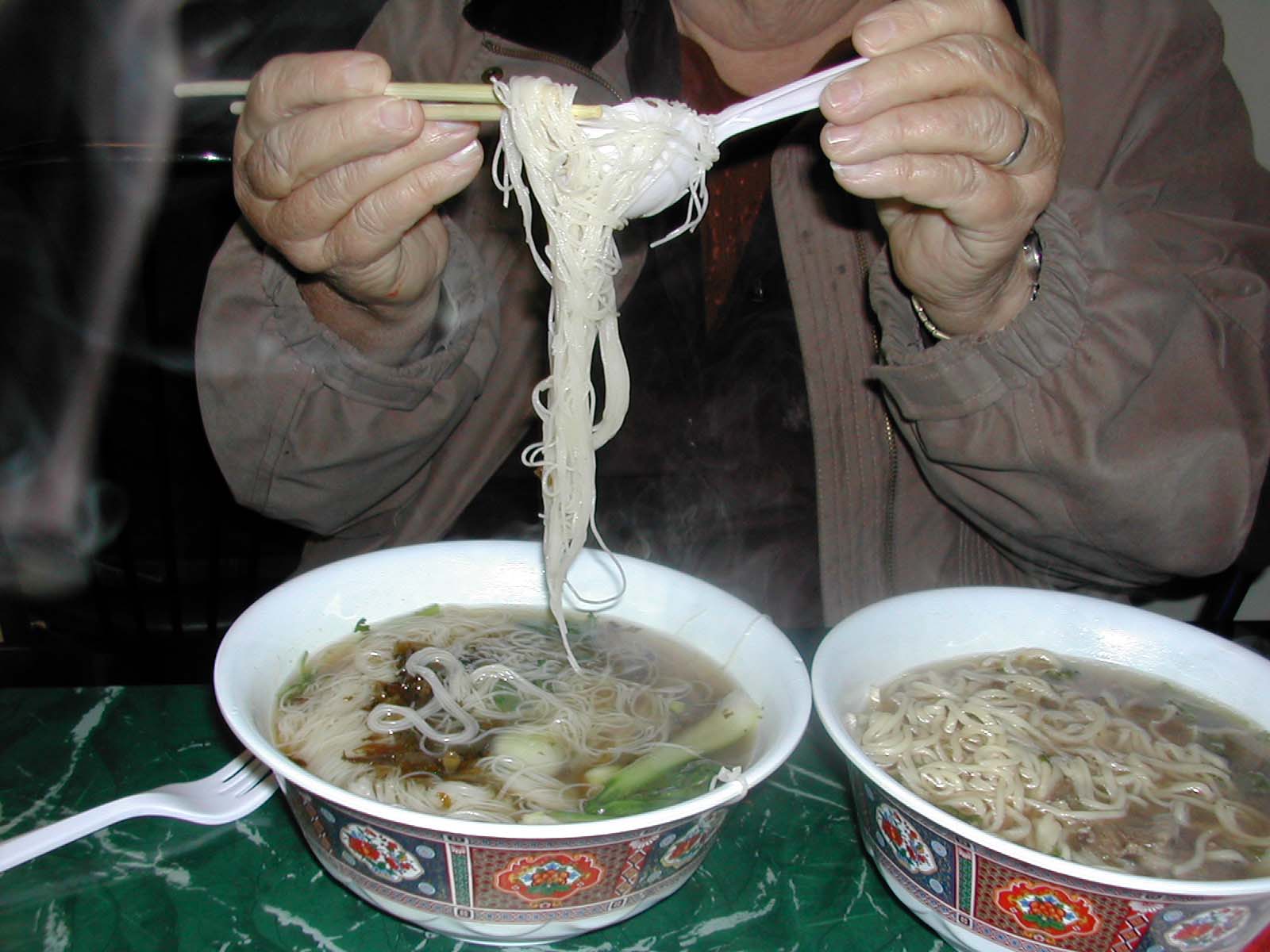 For a mere three to five dollars, delight in some of the best soups Chinatown has to offer. We ate two of them, sharing and unable to stop slurping noodles and soup to our hearts content. There are small items, such as Fuzhou Style Wonton Soup; Peanut Butter Noodles, Rice Balls Fuzhou Style which are their fish balls stuffed with meat, etc. These go for a buck fifty to two fifty. Never mind them, stick with the made-in-house noodle soups, watch the pulled ones being made, and slurp away. A crowd always seems to find its way down the few-steps to this very small simple place that serves the best Fuzhou soups anywhere on the planet.
For a mere three to five dollars, delight in some of the best soups Chinatown has to offer. We ate two of them, sharing and unable to stop slurping noodles and soup to our hearts content. There are small items, such as Fuzhou Style Wonton Soup; Peanut Butter Noodles, Rice Balls Fuzhou Style which are their fish balls stuffed with meat, etc. These go for a buck fifty to two fifty. Never mind them, stick with the made-in-house noodle soups, watch the pulled ones being made, and slurp away. A crowd always seems to find its way down the few-steps to this very small simple place that serves the best Fuzhou soups anywhere on the planet.
A rumor says that this couple are looking for larger and finer quarters. Another indicates they are seeking a place further uptown. One customer told us that their long-time dream may be a mite far from realization. Wherever they are, seek them out. She makes the soups, he makes the noodles, and together they make the best; so enjoy then as soon as you can. As we went to press, we learned he moved to 28 Forsyth Street near Canal Stree and has a new telephone number: (212) 941-7678. This was pasted into all magazine copies.
KYRGYZ COOKING, is a book by the author of the New Kyrgyz-English Culinary Dictionary; both authored by Martha E. Weeks. The dictionary was reviewed in this magazine's 2003 Volume, number 10(3) on page 28. This volume, dated 2005, is a cook book of that culture. It is fifty pages long, and probably the first English-language Kyrgyz cookbook ever. A few of its recipes and some background material were featured in that same 2003 issue on pages 13, 14, and 18. This 8 x 11-inch spiralbound is plastic-covered and includes many recipes titled in English with a Latin transliteration of its Cyrillic title. They are carefully written in English. 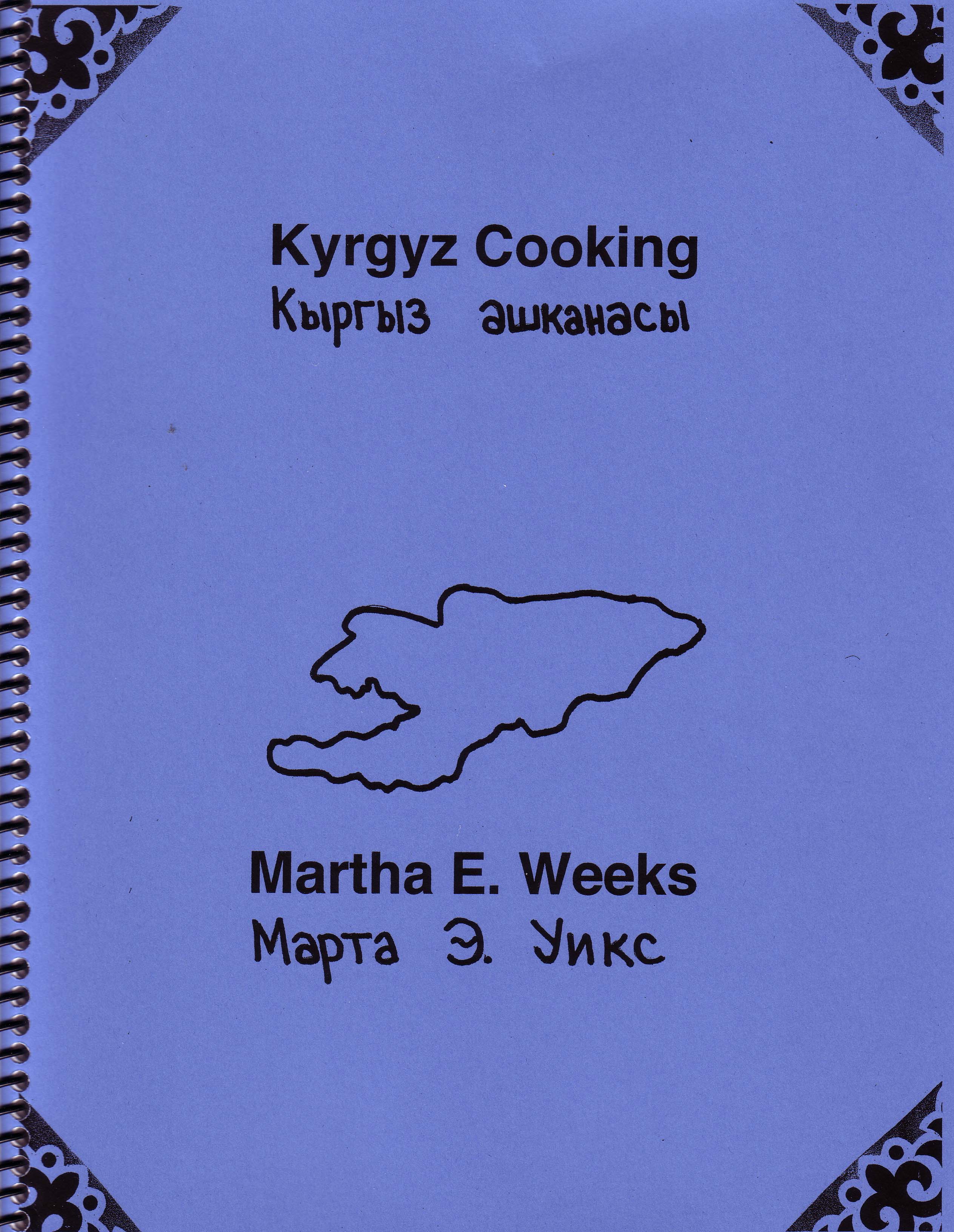
The book arrived just as this issue was readied for the printer, so this is not a formal book review. We snuck it in here and are thrilled that Ms. Weeks completed and forwarded it to us. The Kyrgyz are one of China's mid-size ethnic groups. Recent estimates are there are more than one hundred fifty thousand of them in China. The author lived in Bishkek, the capital of post-Soviet Kyrgyzstan, and knows the people there and in China, she knows their faith, their land, their snow-capped mountains and spectacular lakes, and their wonderful foods. She speaks their language and shares their special culinary culture though the seventy-five recipes in this book. They are for salads, soups, meat, rice, noodle, and vegetable dishes, and includes breads, condiments, sweets, beverages, and talkans or browned grain dishes. Copies of this very unusual self-published book are available by writing to her at P.O. Box 306, Northhampton MA 01061.

Copyright © 1994-2025 by ISACC, all rights reserved
Address
3 Jefferson Ferry Drive
S. Setauket NY 11720